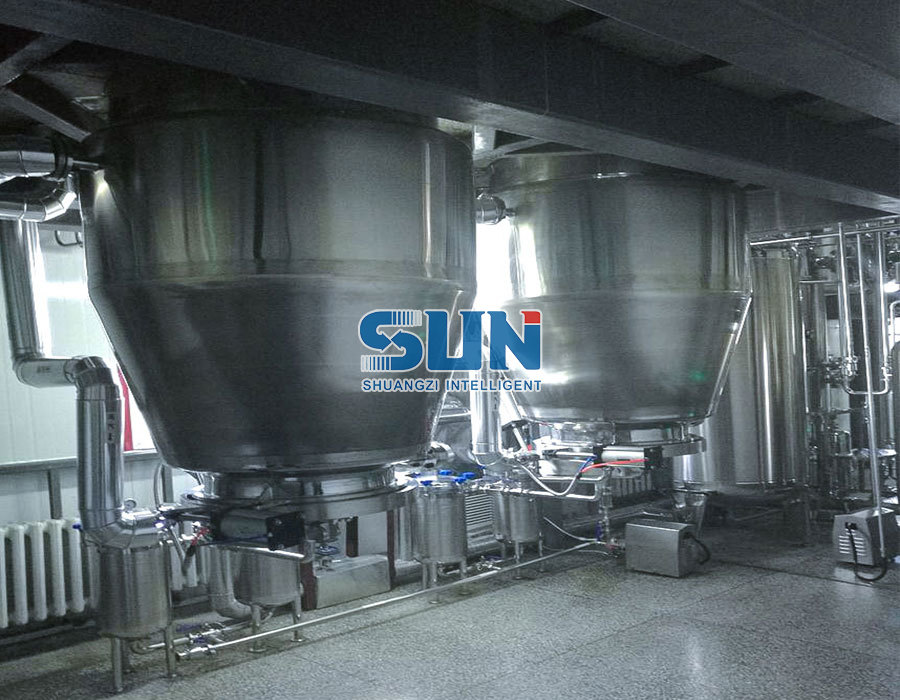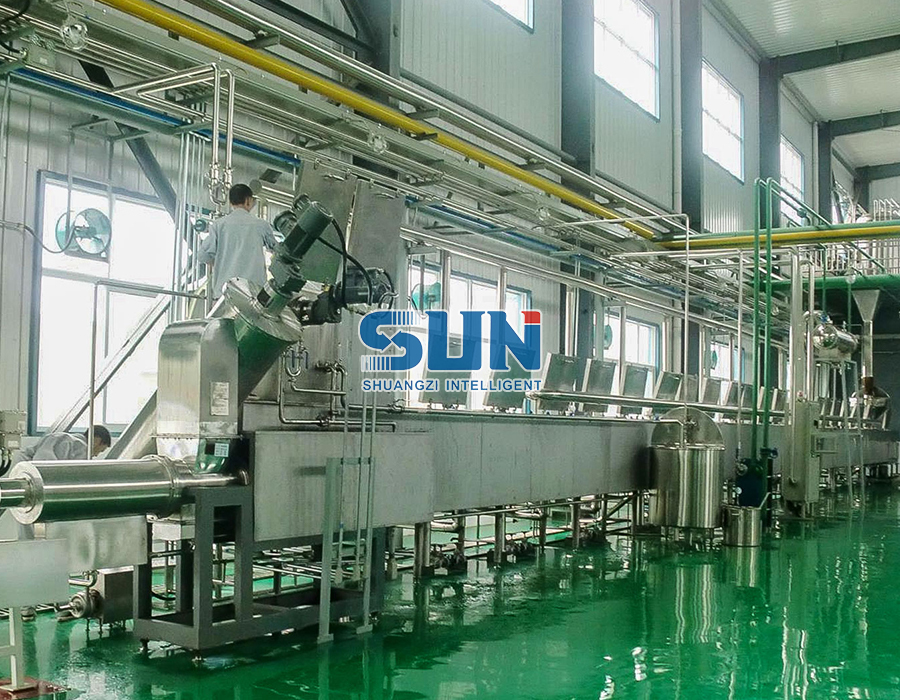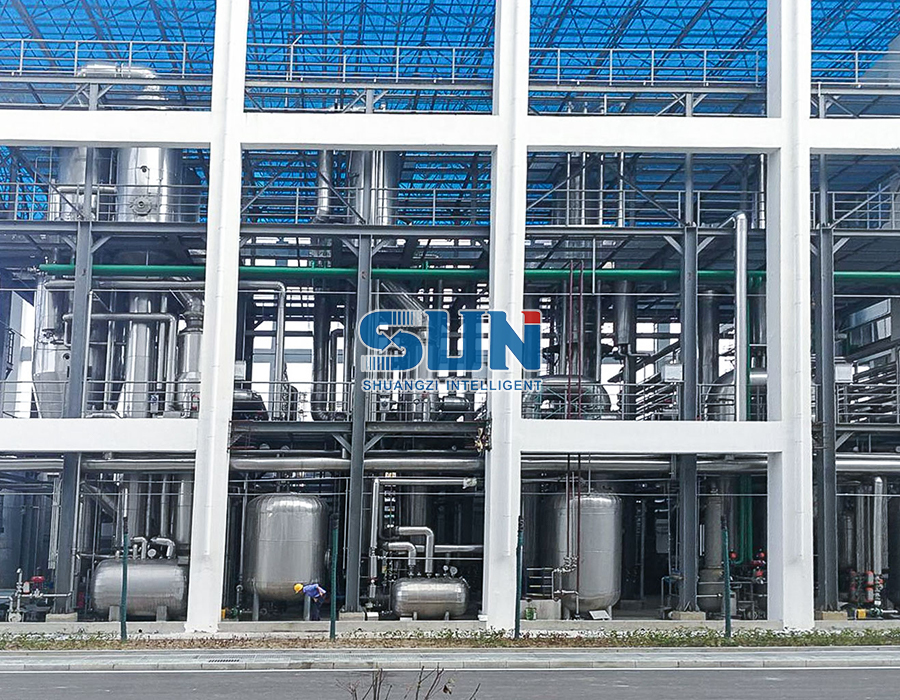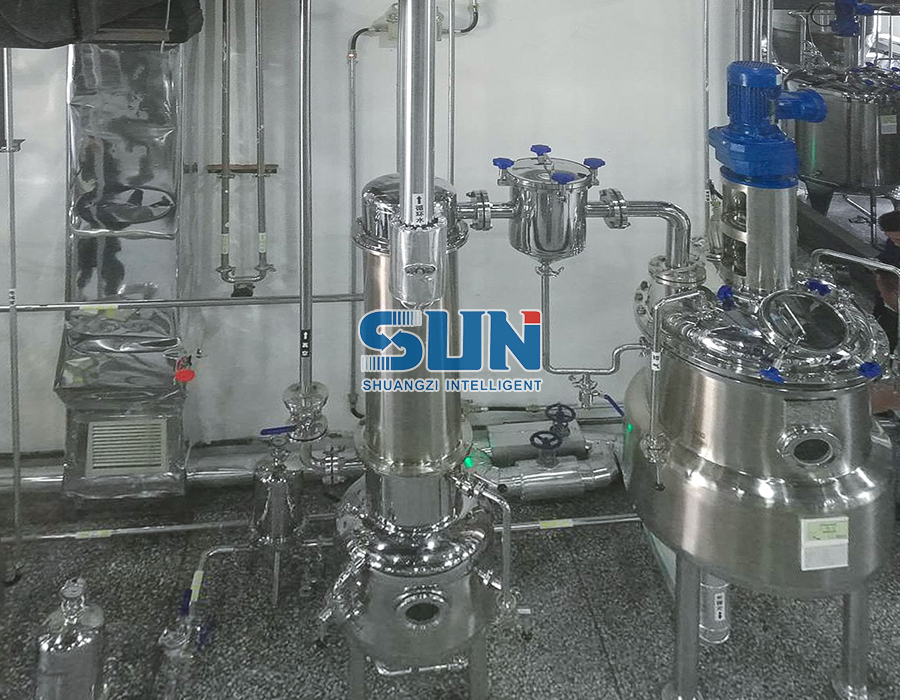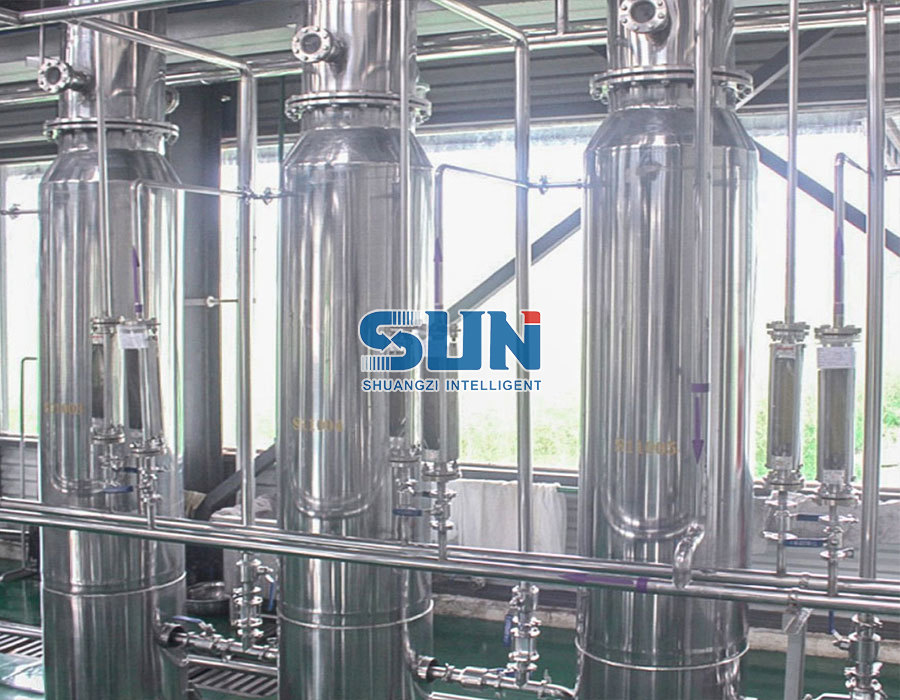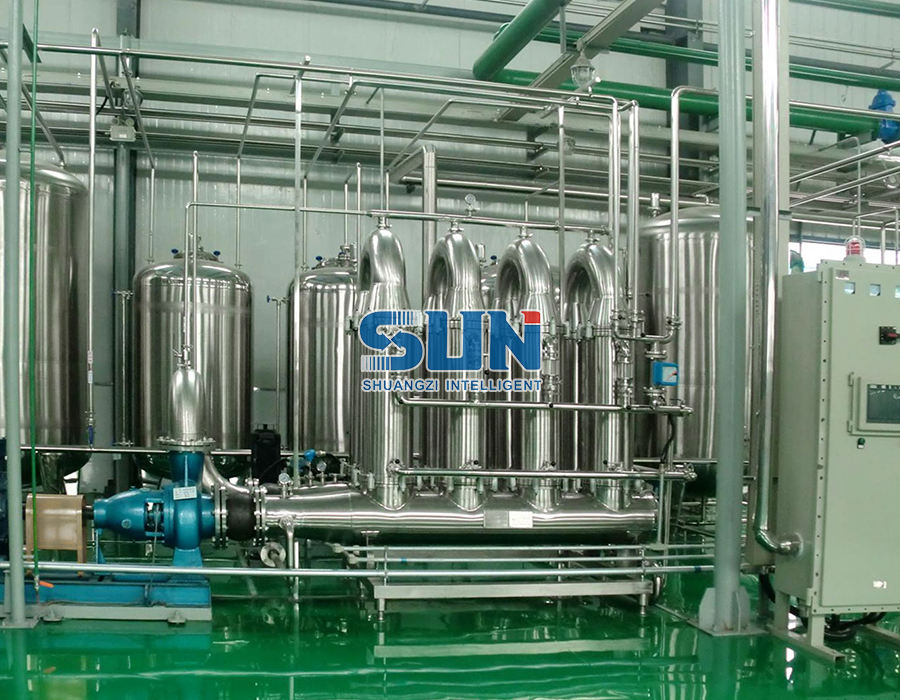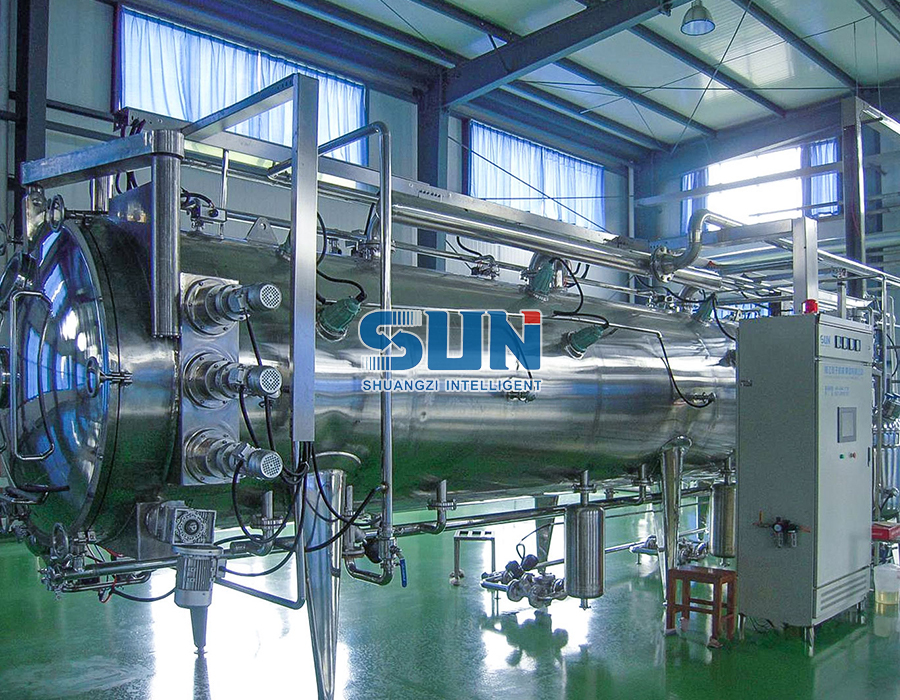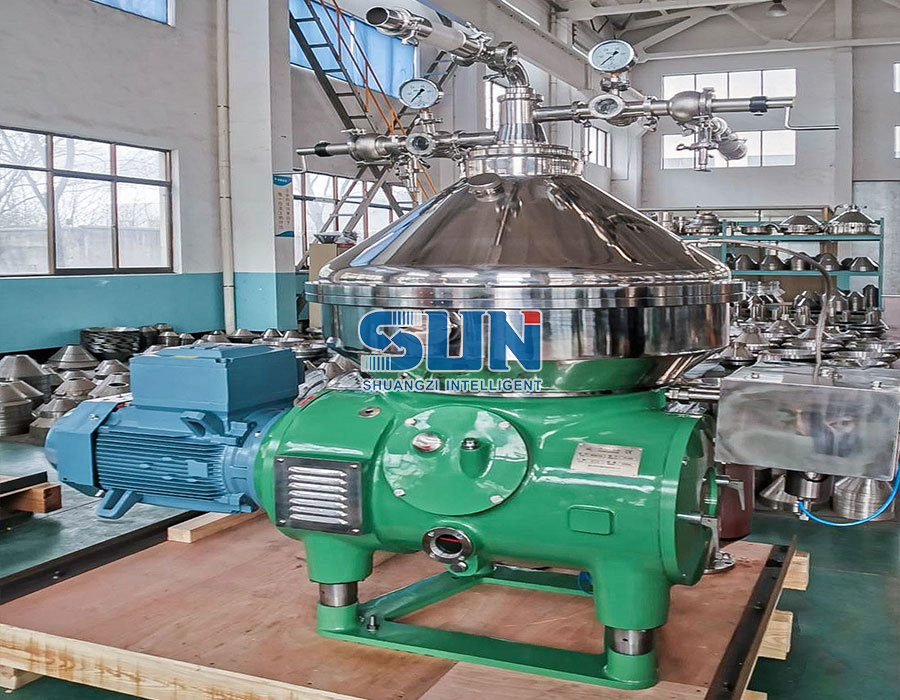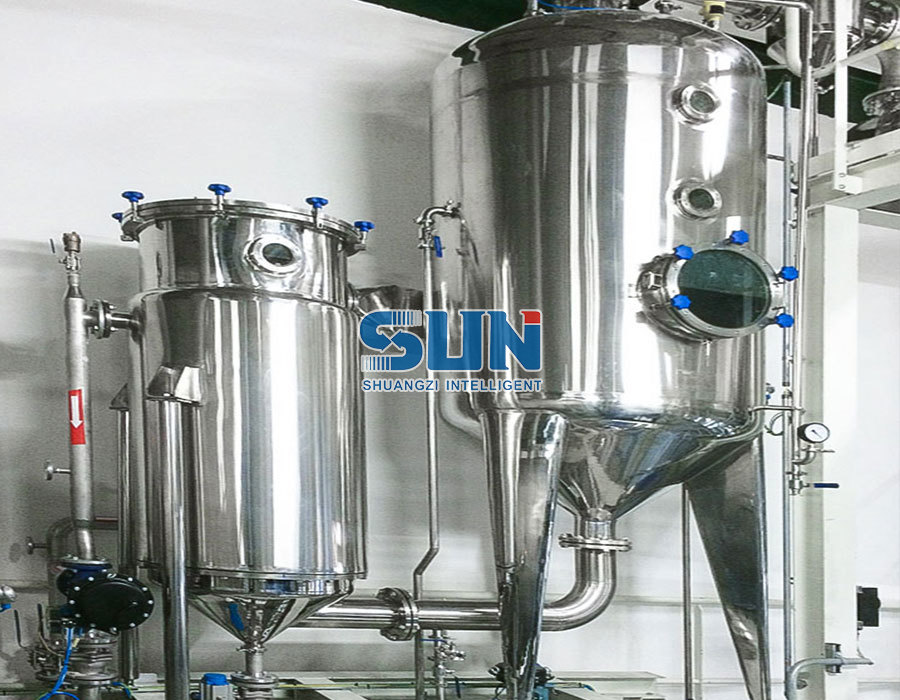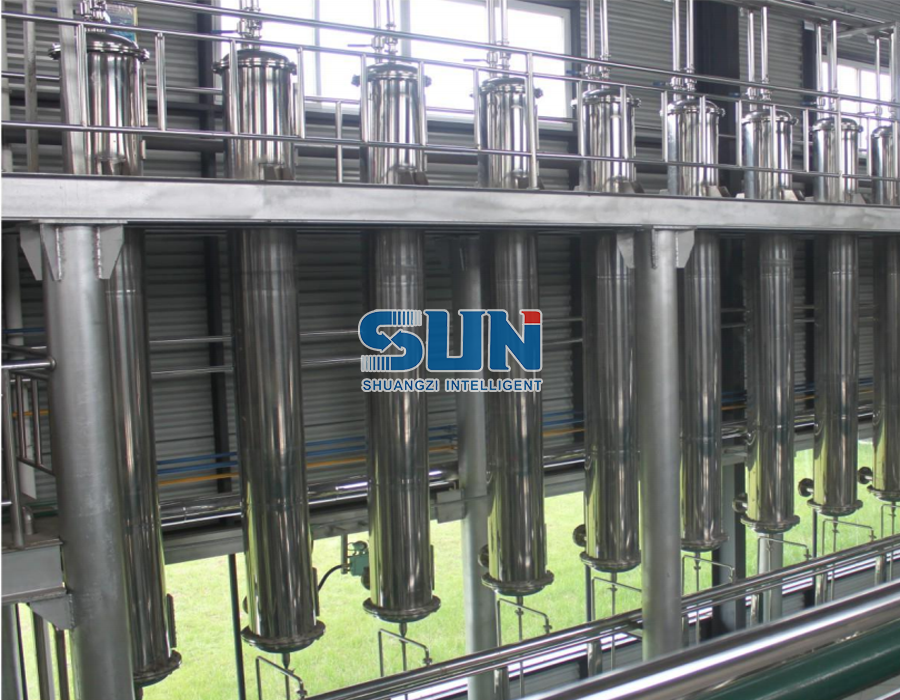The vapor-liquid separation capability of a fall film evaporator is one of its key strengths. Fall film evaporators are highly effective in achieving clear and efficient separation between the vapor and liquid phases, and their design features contribute to this capability. Here are some important aspects that demonstrate the vapor-liquid separation capability of a falling film evaporator:
Thin Liquid Film: Falling film evaporators are designed to create a thin and even liquid film that flows down the inside surfaces of vertical tubes or plates. The thinness of the liquid film allows for rapid vaporization and promotes efficient vapor-liquid separation.
Counter-Current Flow: In many falling film evaporators, the heating medium, such as steam, flows in a counter-current direction to the liquid film. This counter-current flow enhances heat transfer and aids in maintaining a clear separation between the vapor and liquid phases.
Rapid Vaporization: The efficient heat transfer in falling film evaporators ensures that vaporization occurs rapidly as the liquid film comes into contact with the heated surfaces. This rapid vaporization promotes the clear separation of vapor bubbles within the liquid film.
Density Difference: Vapor bubbles generated within the liquid film are less dense than the liquid. This density difference causes the vapor bubbles to quickly rise within the liquid film, creating an upward movement that contributes to the separation process.
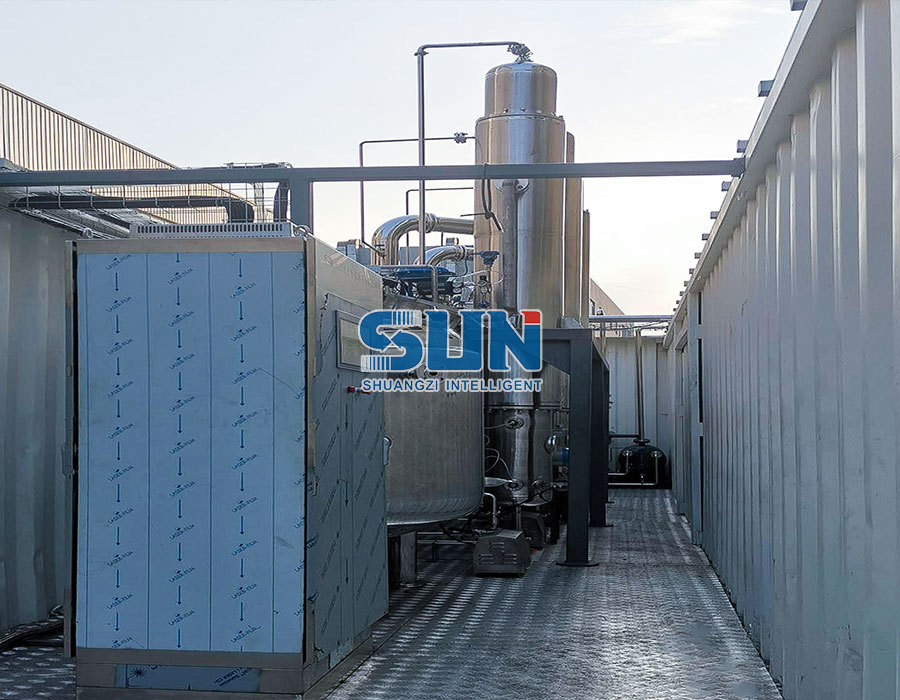

Uniform Temperature Profile: Falling film evaporators are designed to uniformly heat the liquid film. A consistent temperature profile along the length of the evaporator helps maintain the clear separation of the vapor and liquid phases.
Preventing Re-Condensation: The efficient separation achieved by falling film evaporators minimizes the risk of vapor re-condensing into the liquid phase. This ensures that the vapor phase can be effectively removed from the evaporator without being reintroduced to the liquid film.
Vapor Collection: Falling film evaporators typically have a vapor space or collection area at the top of the unit where vapor collects before being directed to a vapor outlet. This design feature facilitates the efficient removal of vapor.
Continuous Operation: Falling film evaporators operate continuously, ensuring a steady and uninterrupted flow of liquid through the system. This continuous operation contributes to the consistent and efficient separation of vapor and liquid over time.
The combination of these design elements and operational principles makes falling film evaporators well-suited for applications where clear vapor-liquid separation is essential. This separation capability is advantageous in industries such as food processing, pharmaceuticals, chemicals, and more, where product quality and concentration are critical.


 英语
英语 俄语
俄语